A True Wonder: Talking With Kirsten Larson About Wonder Woman’s Real Origins
As a child of the 80s, I’ve a funny relationship to Wonder Woman. Too young to have appreciated her when her live action television show ran on TV, I nonetheless have crystal clear memories of Lynda Carter and Miss Piggy on the Muppet Show bashing the crap out of a dressing room while singing I Enjoy Being a Girl. And yes, if you just protested that that song was actually sung with Cheryl Ladd, you’re not wrong. Memory is a funny thing. Still, as a kid I knew that Wonder Woman had something to do with female superheroes.
In my adulthood Wonder Woman has become a fascinating subject. Yet while we saw nonfiction picture book’s about the creation of Superman and Batman, Wonder Woman remained elusive. Until now. On September 28th author Kirsten Larson and illustrator Katy Wu will release A TRUE WONDER: THE COMIC BOOK HERO WHO CHANGED EVERYTHING. Here’s a proper description of the book:
ADVERTISEMENT
ADVERTISEMENT
“A behind-the-scenes look at the creation and evolution of Wonder Woman, the iconic character who has inspired generations of girls and women as a symbol of female strength and power.
Perhaps the most popular female superhero of all time, Wonder Woman was created by Bill Marston in 1941, upon the suggestion of his wife, Elizabeth. Wonder Woman soon showed what women can do&;capture enemy soldiers, defeat criminals, become president, and more. Her path since has inspired women and girls while echoing their ever-changing role in society. Now a new group of devoted young fans enjoy her latest films, Wonder Woman and Wonder Woman 1984, and await a third installation being planned for theatrical release. This exceptional book raises up the many women who played a part in her evolution, from Elizabeth Marston to writer Joye Hummel to director Patty Jenkins, and makes clear that the fight for gender equality is still on-going.”
Questions? You betcha. I had them a-plenty. And Ms. Larson was nice enough to answer them.
Betsy Bird: Kirsten! Thank you so much for joining me today. So we’ve seen background histories on the creation of Superman (BOYS OF STEEL) and Batman (BILL, THE BOY WONDER). It seems a little weird, now that it occurs to me, that we’d never had a similar book about Wonder Woman’s true origins. Where’d you get the idea to delve deep like this?

Kirsten Larson: Like many women, I was so excited to watch the Patty Jenkins WONDER WOMAN movie starring Gal Godot when it came out in June 2017. It was such an event for so many of us. People dressed up in costumes and held watch parties around the world. I saw the movie with my sister and sister-in-law. That experience of camaraderie through a comic book character definitely planted the seed for A TRUE WONDER.
Because the movie was such a big deal, there was lots of press surrounding it, including a Smithsonian Magazine article by Harvard historian Dr. Jill Lepore. Dr. Lepore wrote the best-selling book, THE SECRET HISTORY OF WONDER WOMAN (2014), and the article summarized her book, which I bought a couple of weeks later. About the same time, Harvard announced it had obtained the papers of Wonder Woman creator and writer William Moulton Marston (with the help of Lepore). Knowing there was a trove of primary sources available, I dove in.
BB: Tell me a little about what Wonder Woman meant to you as a kid. I’m old enough to remember the Lynda Carter episode of THE MUPPET SHOW, so I can relate. How did you come to know about her when you were young?

KL: My sister, Stephanie, and I were huge Wonder Woman fans in the 1980s. This photo taken by my mom shows us sporting our Wonder Woman Underoos, accessorized with bracelets and tiaras we made from paper. We played Wonder Woman A LOT, inspired by the Lynda Carter TV show, which we watched in reruns (along with other women-led TV shows like Charlie’s Angels). My sister and I come from a long line of strong, outspoken women, so we connected with the idea of a female superhero battling bad guys.
BB: You don’t just show Wonder Woman’s origins in this book but offer a full encapsulation of what she’s symbolized and meant to America since her “birth”. How did you decide what to include in this book and what not to mention?
KL: Well, it was pretty easy to set a few boundaries. I knew I couldn’t write a traditional picture book biography of William Moulton Marston. Let’s just say his life was NOT children’s book material. He lived in a polyamorous relationship with his wife Elizabeth, who essentially supported the family, and Olive Byrne, a writer who mostly stayed home with the kids. Marston had children with both women. There’s not enough back matter in the world to explain that!
Instead, the more I read about Wonder Woman’s history, the more I realized she had her own arc as a character. She was created by men and immediately embraced by children (while sometimes scorned by adults). Then she evolved through the years as notions of womanhood changed. Ultimately, I was fascinated to see how women made the character their own, using her as a springboard to form their own identities as writers, editors, actors, activists, and directors.
Before I started researching Wonder Woman, I had no idea feminists Gloria Steinem and Joanne Edgar grew up loving Wonder Woman, put her on the first cover of Ms. Magazine, then lobbied DC Comics to restore her traditional superhero costume and powers after she’d been stripped of them in the 1960s. I connected with the idea that Wonder Woman influenced so many women, who in turn transformed the character over time.

BB: The art of Katy Wu gives this book a fun, fantastic feel. How do you feel about the final illustrations to this story?
KL: Katy’s illustrations are a dream come true. I always envisioned the book illustrated in panels with captions, sound effects, and speech bubbles, along with the “trading cards” highlighting the important women mentioned in the book. Fortunately, both my fabulous editor, Jennifer Greene at Clarion, and Katy, shared my vision.
Katy’s images are so much more vibrant and action-packed than I ever could have imagined, yet they also are deeply moving. The final spread talks about women as heroes of our own stories and challenges readers to think what their story will be — that illustration makes me weep every time I see it. In that image, Katy shows the full spectrum of womanhood with nods to famous women and girls throughout history and from all backgrounds. It’s so perfect, she made it into a postcard we’re giving away with preorders.
BB: Have we moved beyond Wonder Woman today or do you think she’s still relevant?
ADVERTISEMENT
ADVERTISEMENT
KL: I think Wonder Woman is still relevant. We use the term “Wonder Woman” as a short-hand for strong, powerful women overcoming big challenges. For example, when my cousin Kim was going through cancer treatment, she put on her Wonder Woman t-shirt and channeled the superhero’s power and strength before chemo and surgery. And over the last year, I’ve seen pictures of COVID nurses dressed up in their Wonder Woman costumes too. I think Wonder Woman continues to remind us that all of us has what it takes to be a hero — even if, ironically, Wonder Woman herself is a demigod.
Don’t get me wrong, I’m a huge Marvel fan and love Captain America and Black Widow. But there’s something about Wonder Woman. She embodies the idea of both strength and power without sacrificing sex appeal. Her bustier costume has been a bone of contention from the very beginning. Originally artist Harry G. Peter designed her in a short skirt, quite risqué for the 1940s, though it soon evolved into bicycle-type shorts, which were easier to draw. Either way, the costume was skimpy and sexy from the beginning, especially when paired with high-heeled boots. But it begs the question – why do we have to tone down our sexiness and our femininity to fight crime or genocidal war lords? I like the idea that a woman can be strong, powerful, AND beautiful.
BB: Finally, can you tell us what you’re working on next?
KL: My next picture book is A FIRE OF STARS: The Life and Brilliance of the Woman Who Discovered What Stars Are Made Of, illus. by Katherine Roy. That comes out from Chronicle in 2022. It’s a parallel biography of astrophysicist Cecilia Payne-Gaposchkin, and her formation as a scientist alongside the process of star formation. I also have two unannounced books, another STEM nonfiction book, plus a historical graphic novel about a heroic woman during World War II. I wish I could say more, but you know how it goes.
Thank you, Kirsten. And I forgive you for getting the Wonder Woman theme song caught in my head all day. A TRUE WONDER hits shelves everywhere September 28th. Look for it then!
Filed under: Interviews
About Betsy Bird
Betsy Bird is currently the Collection Development Manager of the Evanston Public Library system and a former Materials Specialist for New York Public Library. She has served on Newbery, written for Horn Book, and has done other lovely little things that she'd love to tell you about but that she's sure you'd find more interesting to hear of in person. Her opinions are her own and do not reflect those of EPL, SLJ, or any of the other acronyms you might be able to name. Follow her on Twitter: @fuseeight.
ADVERTISEMENT
ADVERTISEMENT
SLJ Blog Network
2024 Books from Pura Belpré Winners
Winnie-The-Pooh | Review
Parsing Religion in Public Schools
Finding My Own Team Canteen, a cover reveal and guest post by Amalie Jahn
ADVERTISEMENT

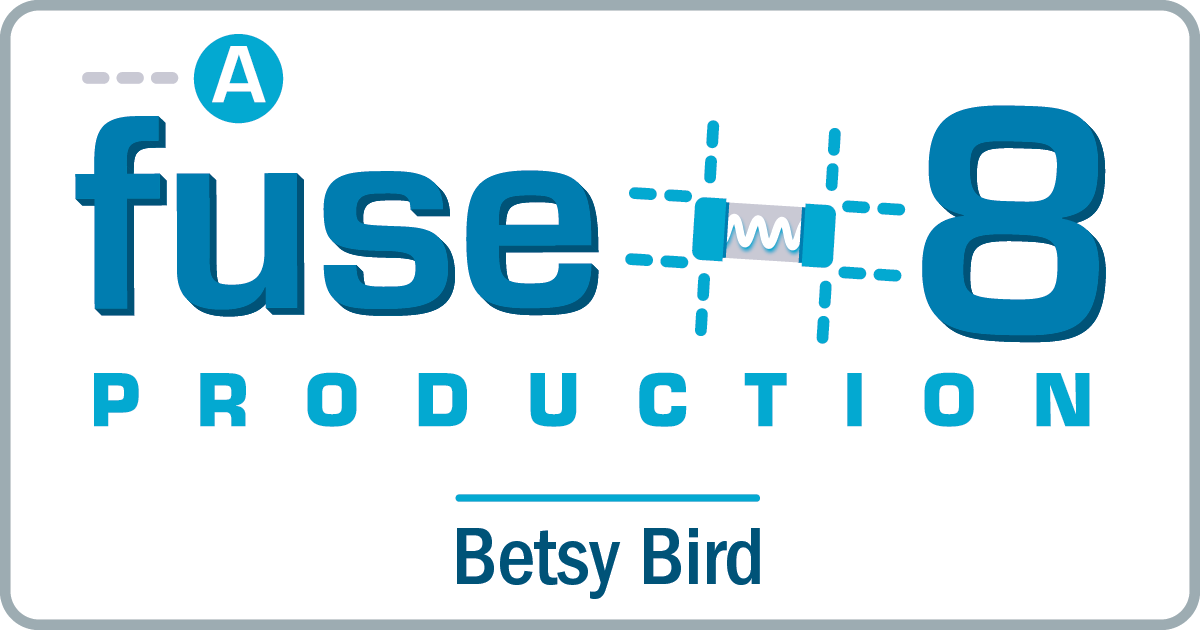

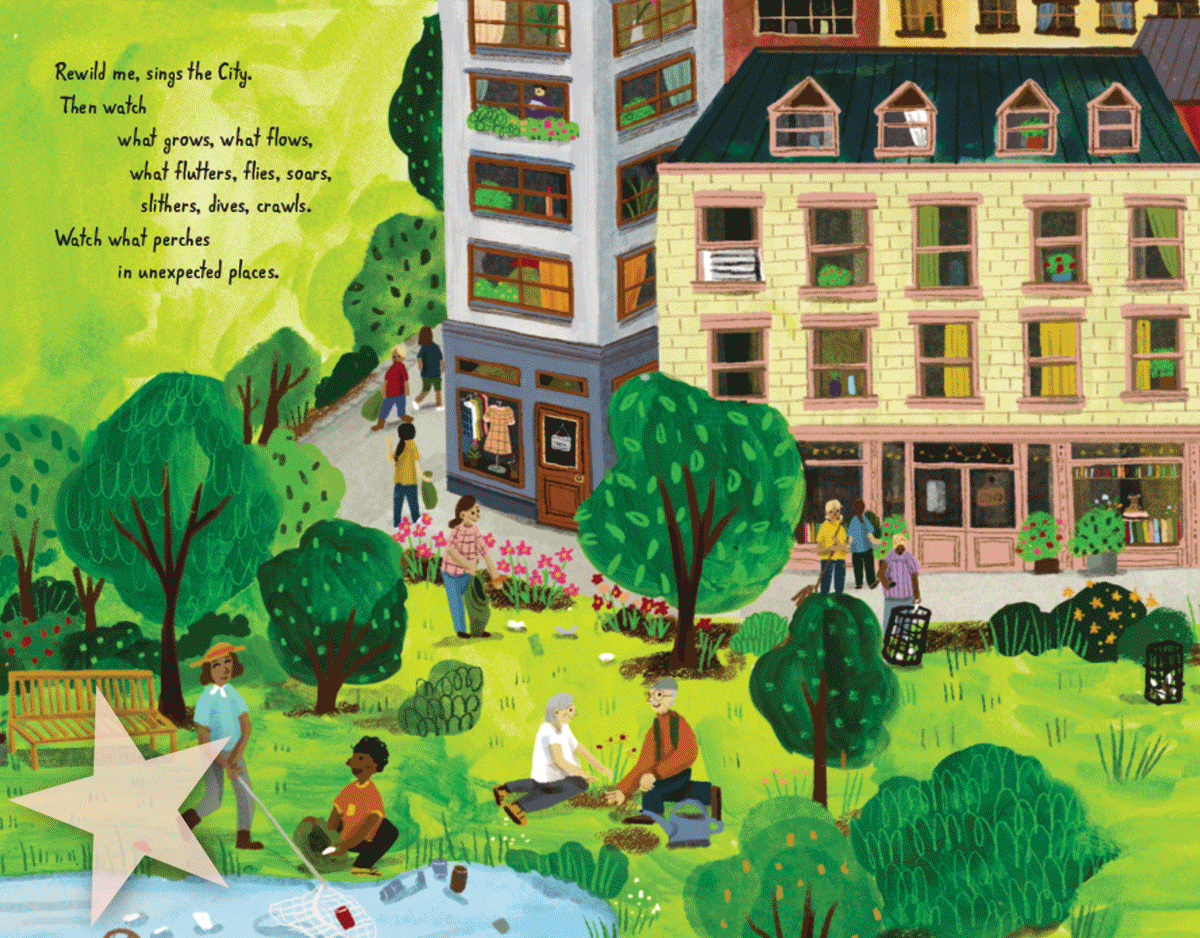
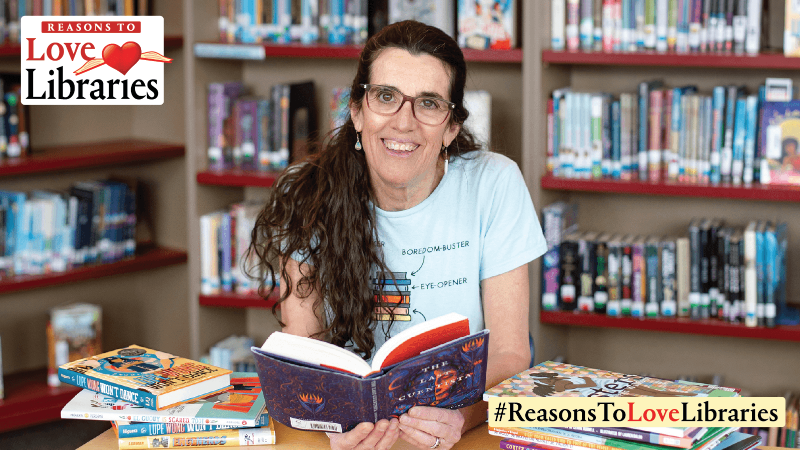
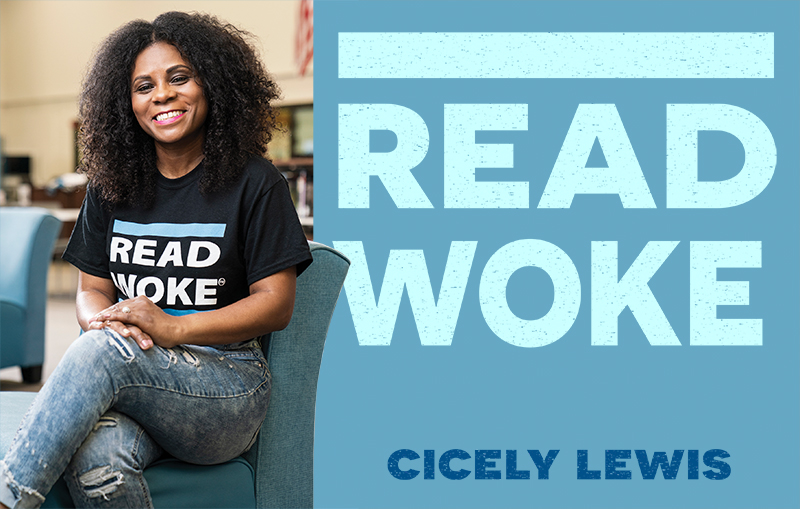
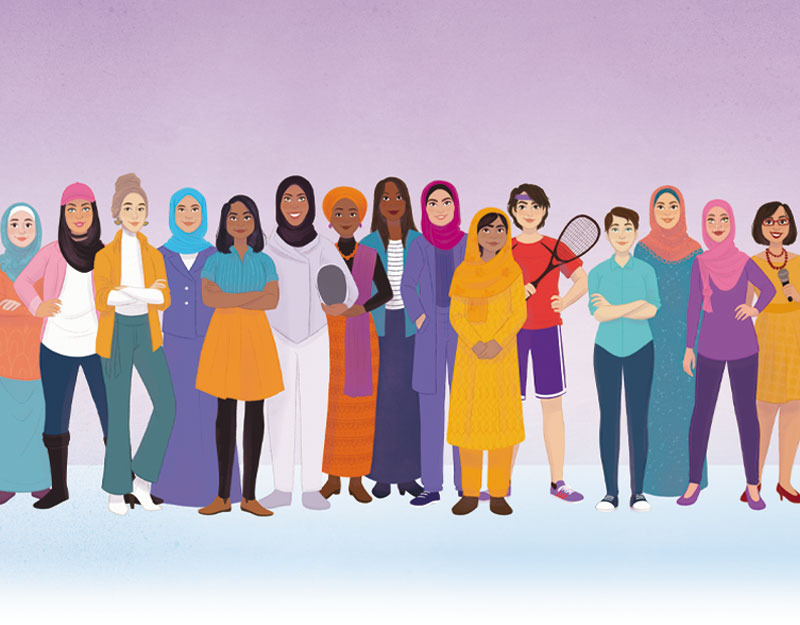
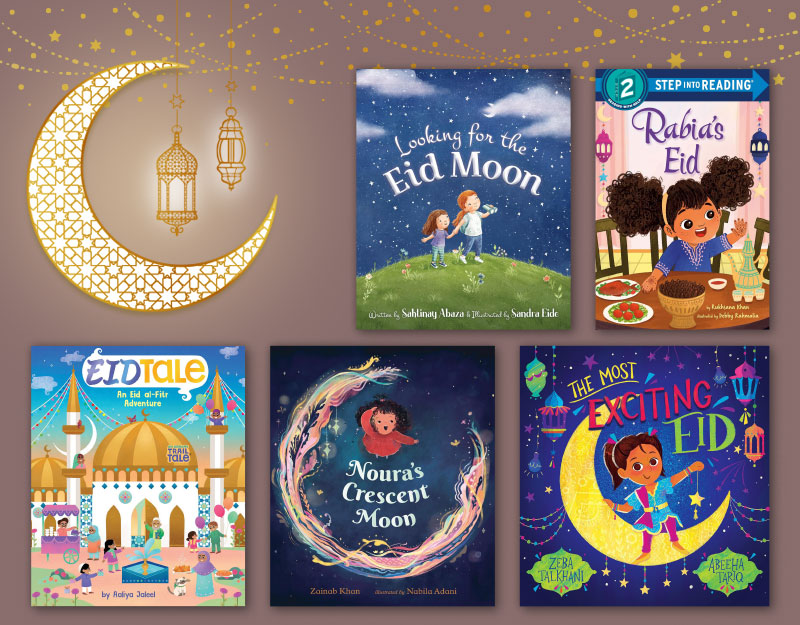
> He lived in a polyamorous relationship with his wife Elizabeth, who essentially supported the family, and Olive Byrne, a writer who mostly stayed home with the kids. Marston had children with both women. There’s not enough back matter in the world to explain that!
I just wanna note that that, in fact, might well be sufficient backmatter to explain. Lots of kids grow up in (and/or know about) polyamorous families. There’s nothing inherently scandalous or inappropriate about consensual relationships between adults. If we act like something is normal and not shameful, kids are likely to follow our lead. Just tell the true story without judgment — same as you would if the story included divorce or death of a spouse and remarriage, same as you would if extended family lived together, etc.
My cousin is actually in a polyamorous family herself. I’ve often wondered when we’ll see picture books about these families. To my mind, they’re the last barrier in children seeing themselves in books. The person who writes the first polyamorous family picture book is going to be a changemaker.